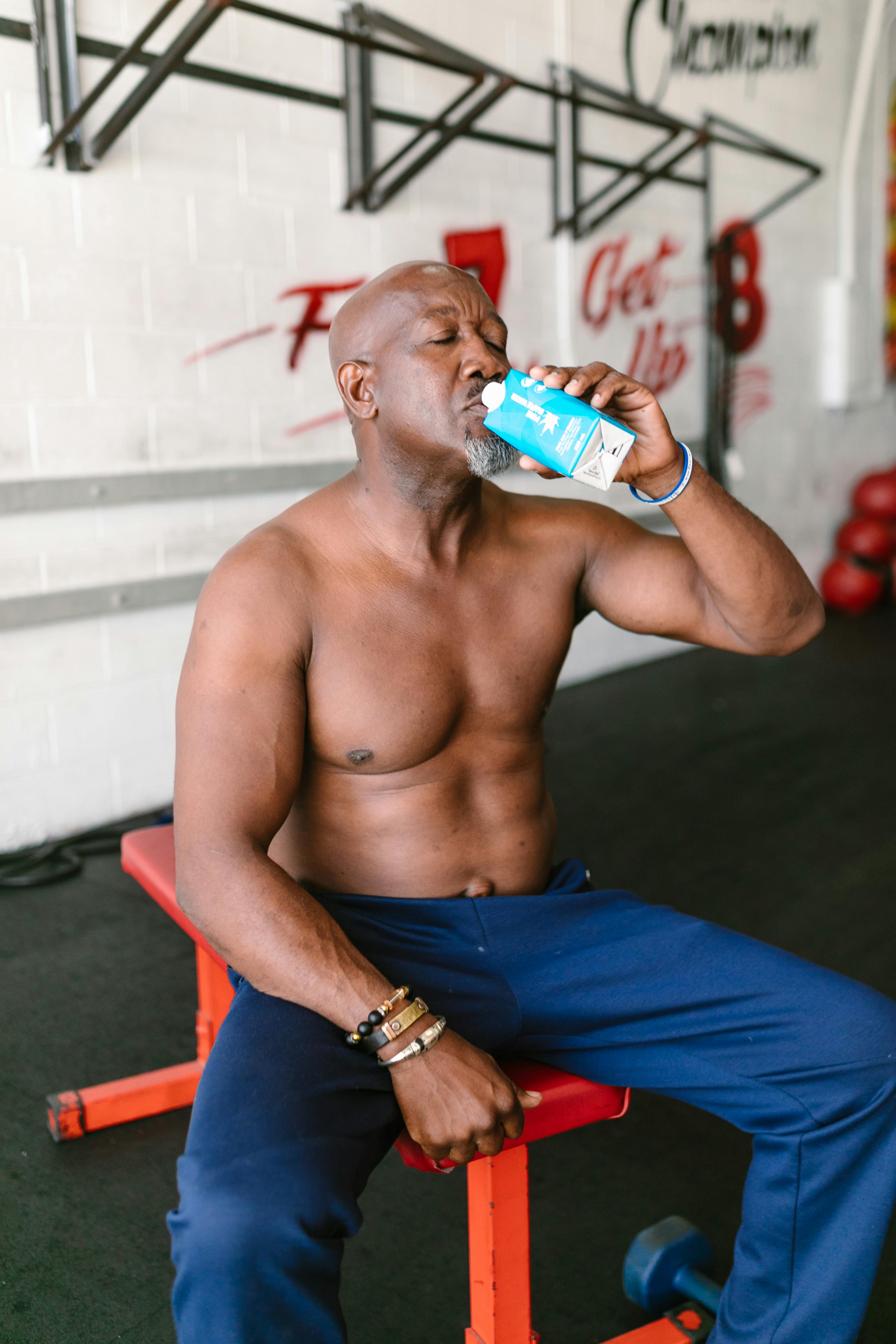Recovery is just as important as training in Muay Thai. If you want to improve your performance, avoid injury, and train consistently, you need to take recovery seriously. In this blog, we’ll walk through top recovery tips tailored specifically for Muay Thai fighters. From proper nutrition and stretching routines to rest strategies and mobility tools, you’ll find everything you need to bounce back stronger.

1. Why Recovery Matters in Muay Thai Training
Training hard puts a lot of stress on your muscles, joints, and nervous system. Without proper recovery, your performance drops and the risk of injury rises. Recovery helps your muscles grow, repairs damaged tissues, and resets your mental focus.
Signs You Need More Recovery:
Constant fatigue
Sore muscles that don’t heal
Trouble sleeping
Decreased performance
2. Nutrition: Fueling Your Recovery Correctly
What you eat after training is just as important as how hard you train. Eating the right foods helps rebuild muscle, restore energy, and reduce inflammation.
Best Recovery Foods:
Protein: Chicken, eggs, tofu, Greek yogurt (helps rebuild muscles)
Carbohydrates: Brown rice, oats, sweet potatoes (refuels energy stores)
Fats: Avocados, nuts, olive oil (support hormone health)
Hydration: Water, coconut water, electrolyte drinks
Post-Training Meal Ideas:
Grilled chicken with quinoa and veggies
Protein shake with banana and almond butter
Omelet with spinach and toast
3. Stretching and Mobility: Keep Your Body Moving Well
Stretching after every training session helps prevent tight muscles and keeps your body moving smoothly. It also reduces soreness and the chance of injury.
Key Stretching Tips:
Dynamic stretching before training (leg swings, arm circles)
Static stretching after training (hold each stretch 30 seconds)
Foam rolling to release tight spots and knots
Target Areas:
Hips and hamstrings
Lower back
Calves and ankles
Shoulders and neck

4. Rest Days: When and How to Take Them
Rest days allow your body to rebuild and grow stronger. Skipping them can lead to burnout and injury.
How to Rest:
Take at least one full rest day each week
Use active recovery (light walking, swimming, or yoga)
Avoid high-impact workouts during rest days
Sleep for Recovery:
Aim for 7–9 hours per night
Keep your room dark and cool
Limit screens before bed
5. Recovery Tools and Techniques
Adding recovery tools to your routine can speed up healing and make you feel better, faster.
Useful Tools:
Foam rollers: Release muscle tightness
Massage guns: Improve blood flow and muscle repair
Compression gear: Reduces swelling and speeds recovery
Epsom salt baths: Relieves muscle soreness and stress

6. Mental Recovery and Stress Management
Mental health plays a big role in physical recovery. Too much stress can slow down healing and lead to burnout.
Mental Recovery Tips:
Practice breathing exercises or meditation
Take breaks from screens and social media
Journal or talk about your progress
Celebrate small wins
7. Weekly Recovery Routine for Fighters
Here’s a simple weekly recovery plan you can use alongside your training:
Sample Recovery Schedule:
Monday: Full training + 15 min post-stretching
Tuesday: Active recovery + foam rolling
Wednesday: Hard training + protein-rich meal
Thursday: Light pad work + Epsom salt bath
Friday: Heavy bag + stretching and massage
Saturday: Active recovery or mobility class
Sunday: Full rest + sleep-in and hydration focus

Final Thoughts
Recovery is not optional for Muay Thai fighters. It is the key to training harder, performing better, and avoiding injuries. Prioritize good nutrition, stretch regularly, rest well, and listen to your body. With the right recovery habits, you can stay strong, healthy, and ready for anything the ring throws your way.
Stay committed. Train hard. Recover harder.
https://youtu.be/lG2jwFBG7jc?si=MCBfDiHatTn4kTYD







